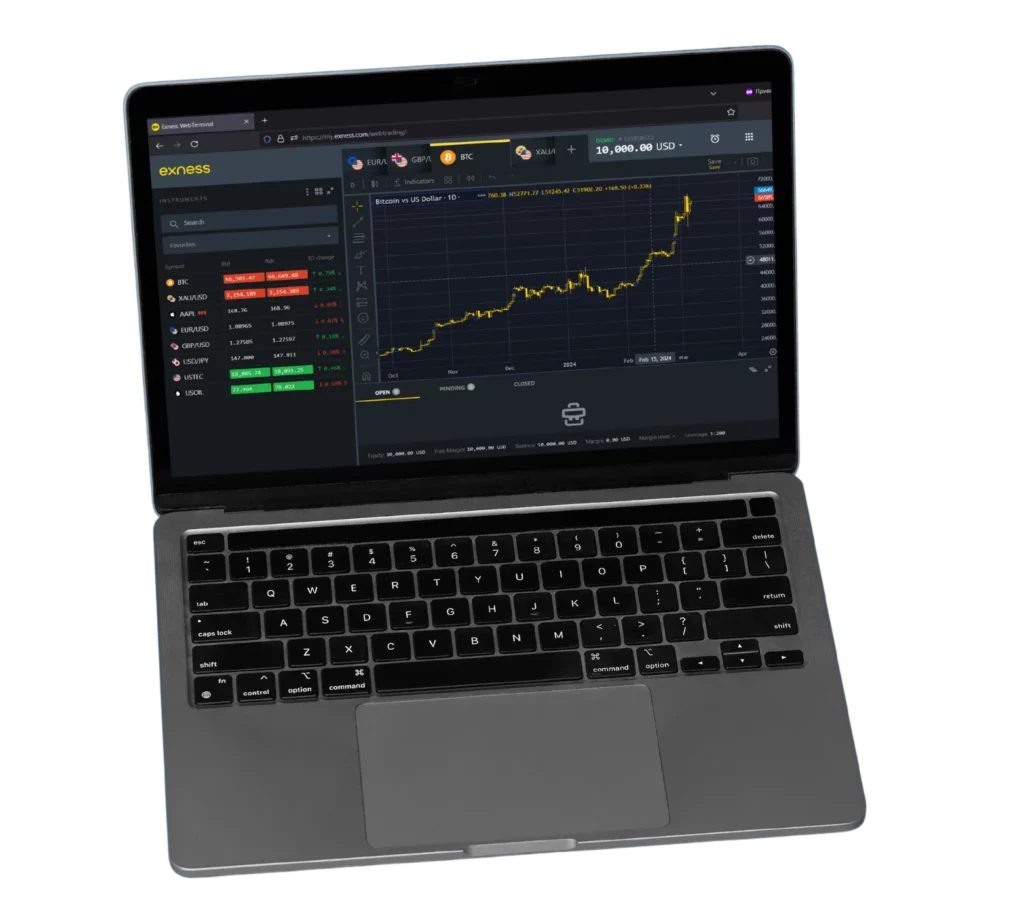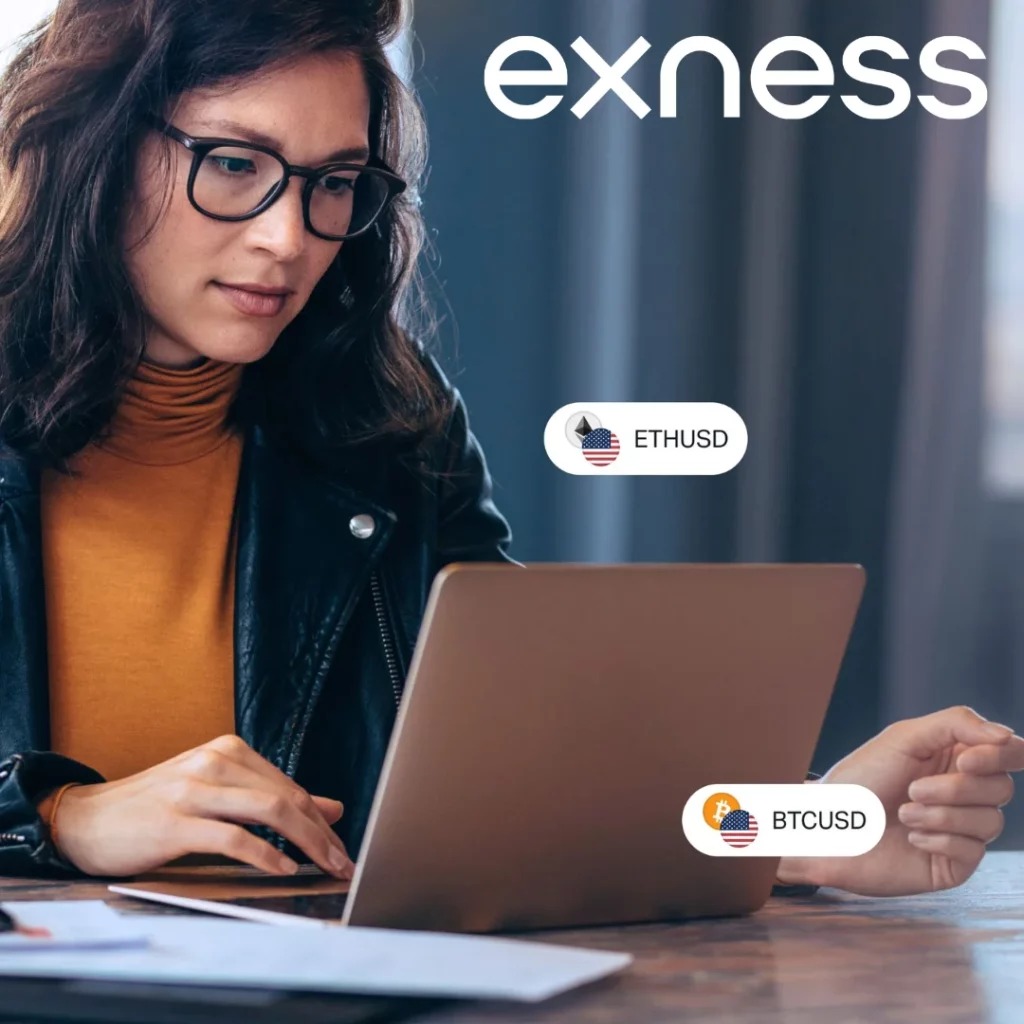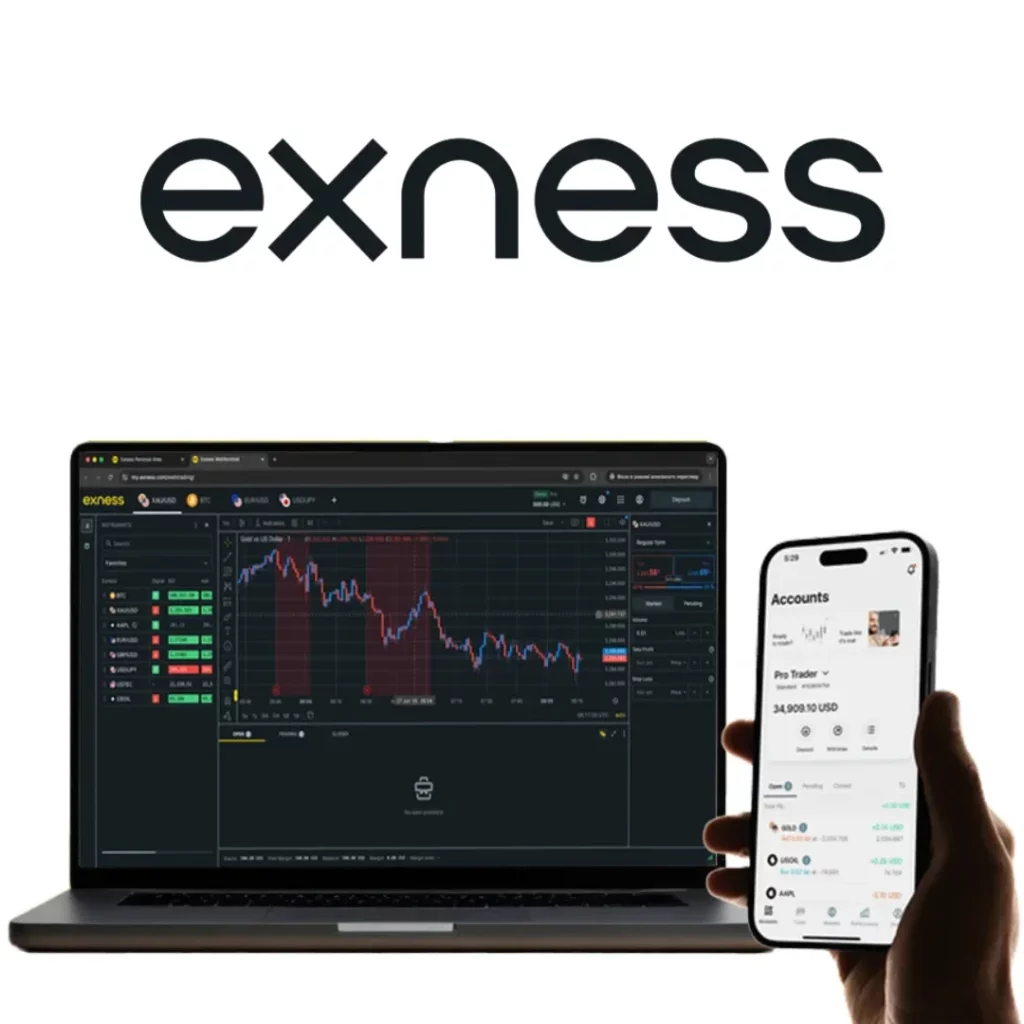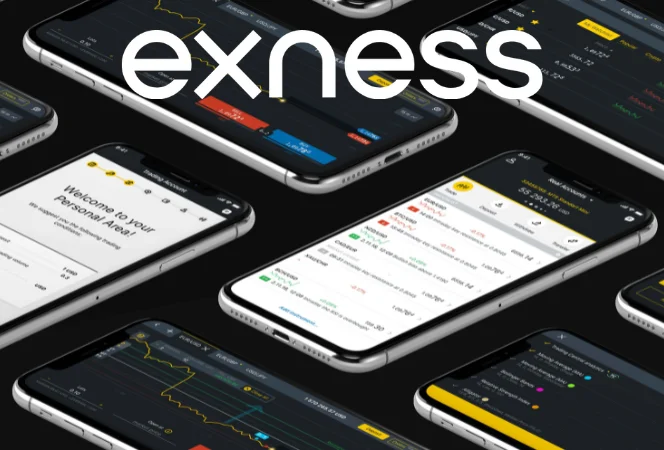Introduction to Cryptocurrency Trading
Cryptocurrency trading has become a key part of many online traders’ strategies. Unlike traditional markets, crypto assets trade 24/7 and are known for high volatility and liquidity. This dynamic nature attracts both short-term speculators and longer-term portfolio diversifiers.
Crypto trading at Exness is based on Contracts for Difference (CFDs), meaning traders speculate on price movements without owning the underlying coins. This approach offers flexibility—traders can go long or short, apply leverage, and execute trades directly on established platforms such as MetaTrader 4 and 5.
With tight spreads, fast execution, and customizable leverage, crypto CFDs at Exness can be integrated into a wide range of trading styles—from scalping and swing trading to hedging strategies. Crypto markets may be unpredictable, but with the right tools and conditions, traders can engage with these assets effectively.

Available Crypto Pairs
Cryptocurrency pairs available on Exness span major coins like Bitcoin and Ethereum, as well as a range of altcoins and exotic combinations. These pairs allow traders to speculate on digital asset movements against both fiat currencies and other cryptocurrencies.
Major Crypto Pairs Like BTC/USD
Bitcoin remains the most actively traded digital currency, and BTC/USD is one of the most liquid crypto CFD pairs on the platform. Traders can also find BTC paired with other currencies such as:

- BTC/EUR.
- BTC/JPY.
- BTC/KRW.
These pairs offer diverse opportunities depending on global market conditions and fiat currency trends.
Altcoin Pairs Offered
In addition to Bitcoin, a wide selection of altcoin pairs is available. These include high-volume pairs such as:
- ETH/USD.
- LTC/USD.
- XRP/USD.
- BCH/USD.
Some pairs also include cryptocurrency cross rates, such as:
- ETH/BTC.
- LTC/BTC.
This range makes it easier for traders to focus on coins with lower correlation to Bitcoin or to execute arbitrage and diversification strategies.
How to Find Crypto Pairs on the Platform
Crypto CFDs can be accessed on both MT4 and MT5 platforms. To view the available pairs:
- Open the Market Watch window.
- Right-click and select Symbols.
- Choose Crypto or CryptoCross from the list.
- Click “Show” to make a pair visible in Market Watch.
The instrument names may vary slightly depending on the account type and server, but they typically follow the standard crypto/fiat format, such as BTCUSD or ETHUSD .
Trading Conditions for Crypto
The crypto market operates differently from traditional asset classes, and this is reflected in its trading conditions. Key variables include leverage, spread, and execution type. These directly affect trade management and risk exposure.
Leverage for Crypto Trading
Leverage on crypto pairs is flexible, allowing traders to adjust based on their risk tolerance and account settings. The leverage level may vary depending on the trading volume and market conditions:
| Crypto Pair | Typical Max Leverage |
| BTC/USD | 1:400 |
| ETH/USD | 1:200 |
| LTC/USD | 1:100 |
| XRP/USD | 1:100 |
These values are subject to change depending on market volatility and account type. It’s important to monitor margin levels closely when using high leverage.
Spreads and Fees for Crypto Pairs
Spreads on crypto pairs are dynamic and influenced by liquidity and trading hours. On Exness platforms, spreads are generally stable even during volatile periods. The trading cost structure includes:
- No commissions on Standard accounts.
- Spreads starting from a few points depending on the pair.
- Zero account holders may encounter tighter spreads with fixed commissions per lot traded.
Tools for Crypto Trading
Trading cryptocurrencies efficiently requires more than just access to price charts. The platforms offered are equipped with technical tools that assist with analysis, automation, and precision in execution.
Charting and Indicators
Both MetaTrader 4 (MT4) and MetaTrader 5 (MT5) include a wide range of built-in indicators and drawing tools. Crypto traders can apply:
- Moving Averages.
- Relative Strength Index (RSI).
- Bollinger Bands.
- MACD.
- Fibonacci retracements.
Custom indicators are also supported, especially on desktop platforms. These allow advanced traders to personalize strategies and test different configurations in live or demo environments.
Expert Advisors (EAs)
Automated trading is supported via Expert Advisors (EAs) that can execute and manage trades based on coded strategies. These tools are useful for:
- Detecting breakout opportunities.
- Running scalping strategies.
- Managing risk exposure automatically.

Scripts can also be used to place or close multiple trades simultaneously. This is particularly useful in volatile crypto sessions.
Market Watch and Alerts
Real-time monitoring is crucial when trading crypto CFDs. The Market Watch window provides live bid/ask pricing and quick access to trading instruments. Alerts can be configured based on price levels or technical conditions. These notifications can be delivered through:
- Sound alerts within the platform.
- On-screen popups.
- Email or push notifications (if configured).
These tools enhance responsiveness and improve decision-making in fast-moving markets.
Getting Started with Crypto Trading
For those who want to enter the crypto CFD market, the process is streamlined and accessible. Registration, account setup, and platform installation can be done in minutes.
Opening a Crypto Trading Account
To begin trading crypto pairs:
- Register an account via the broker’s website and verify identity through the client portal.
- Select an account type such as Standard, Raw Spread, or Zero. Each account has different cost structures and features.
- Choose a platform — MT4 or MT5. Both support crypto CFD trading.
- Fund the account using available payment methods. Instant deposits are supported for most methods.
- Add crypto pairs to the Market Watch window and begin analyzing price charts.
Here’s a quick comparison of account types suited for crypto trading:
| Account Type | Commission | Spread Type | Best for |
| Standard | None | Floating | Beginners, low volume |
| Raw Spread | From 3.5 USD/lot | Tight | Scalpers, technical traders |
| Zero | From 0.2 USD/lot | Near zero | High-frequency strategies |
Margin levels, leverage, and order size minimums can be reviewed in the contract specifications section of the platform.
Frequently Asked Questions
What cryptocurrencies can I trade?
You can trade major cryptocurrencies like BTC, ETH, LTC, XRP, and several others as CFDs. Pairings include both fiat and crypto-crypto options.

